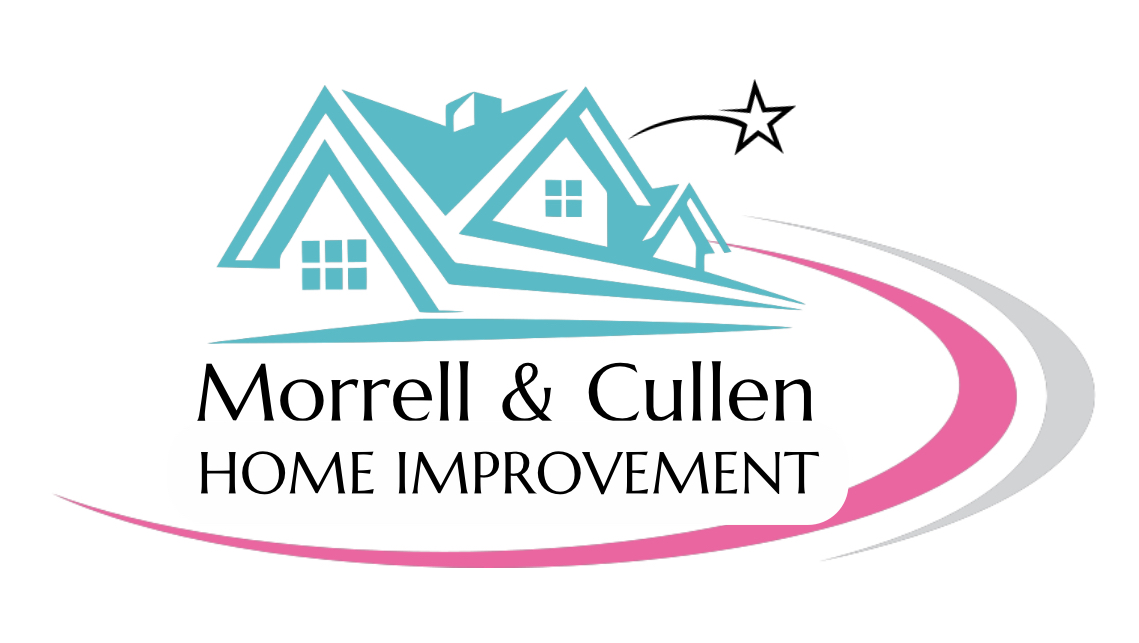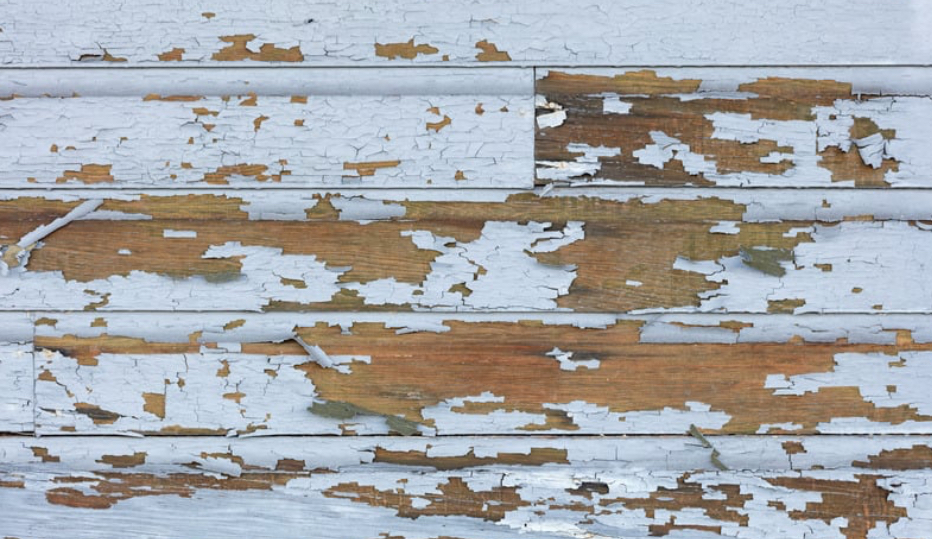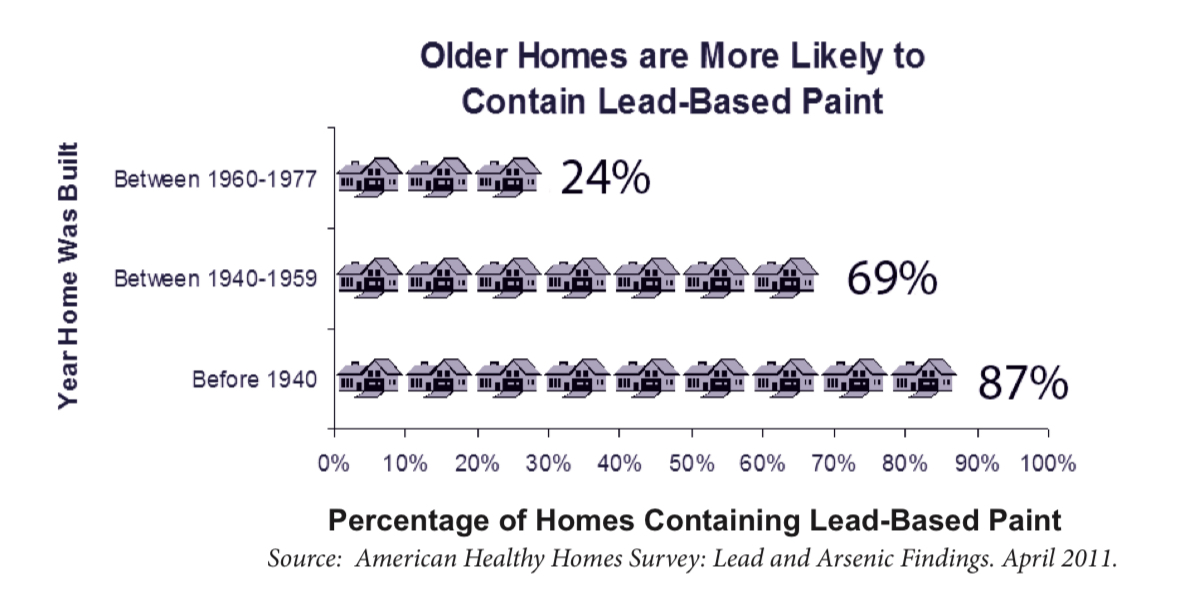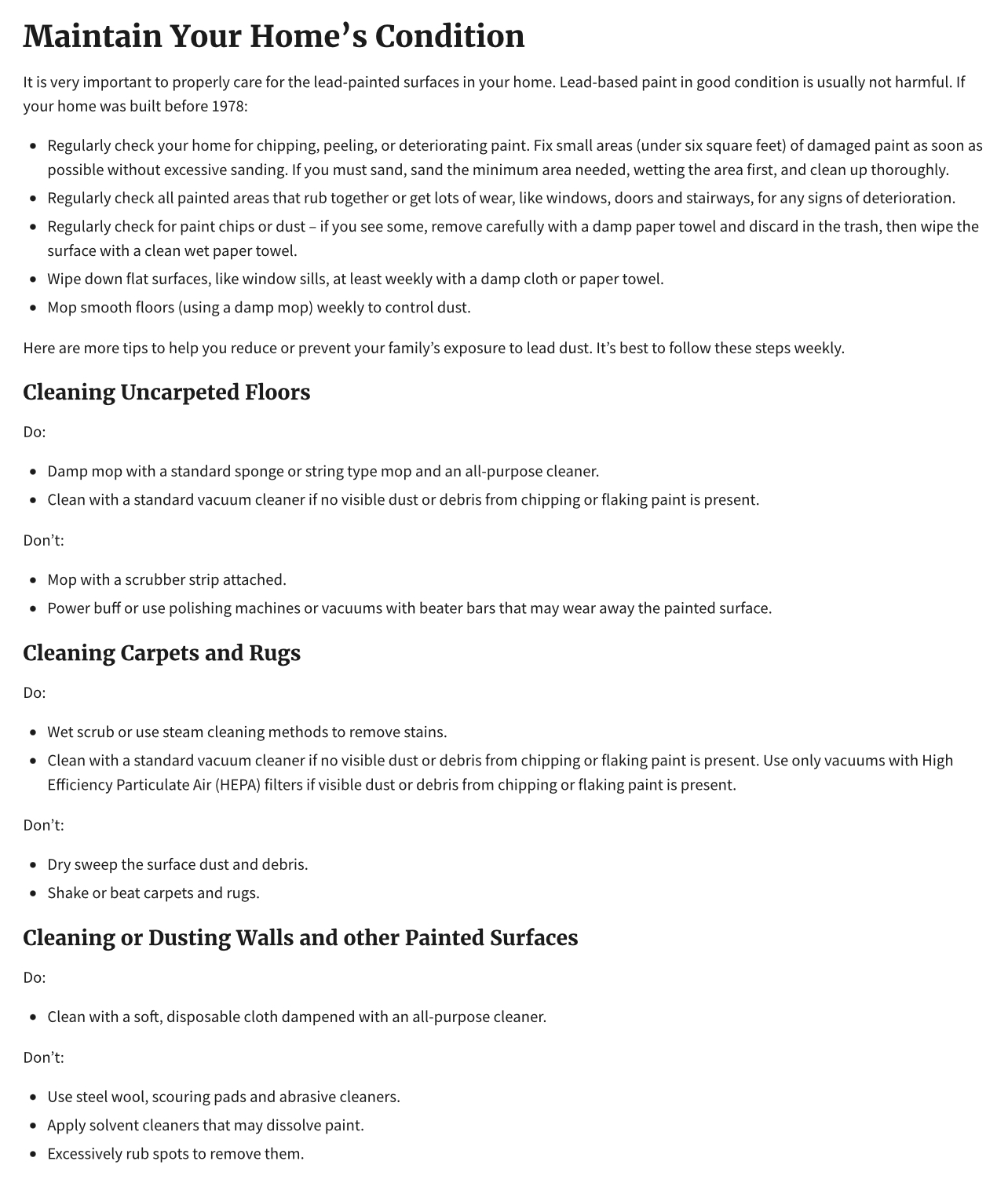Take the Lead on Lead Exposure
Lead exposure is a serious health risk that often goes unnoticed until it's too late. Even small amounts of lead can cause harmful effects, particularly in children, pregnant women, and pets. Statistics show that nearly half of all homes built before 1978 contain lead-based paint or plumbing, making it important for homeowners to stay informed and take preventative measures.
Preventing Lead Exposure In Your Home
Where Lead is Commonly Found
- Paint: Homes built before 1978 may have lead-based paint on walls, trim, windows, and doors. When this paint chips or turns into dust, it becomes a major source of exposure
- Dust & Soil: Lead-contaminated dust can spread throughout a home during renovations. Soil near older homes, garages, or busy roads can also contain lead from past paint use or vehicle emissions
- Plumbing: Older pipes, solder, and fixtures may leach lead into drinking water
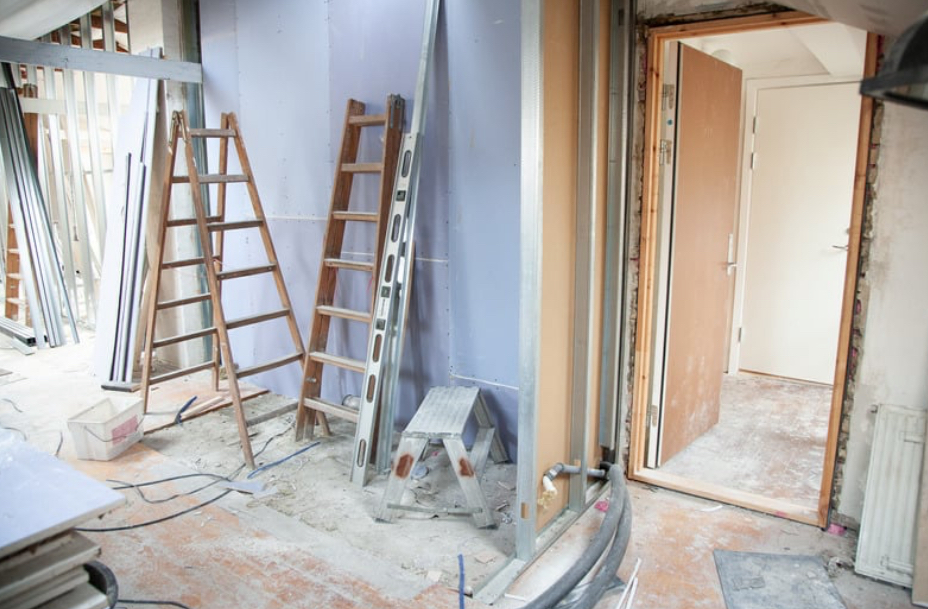
Health Risks of Lead Exposure
- In children, lead exposure can lead to developmental delays, learning difficulties, and behavioral issues
- In adults, it can cause high blood pressure, kidney problems, and reproductive issues
- Pregnant women exposed to lead risk passing it to their unborn child
Steps to Prevent Lead Exposure
If your home was built before 1978, consider having it tested by a professional for lead-based paint
Use water testing kits (available at most hardware stores) to check for lead in your plumbing and drinking water
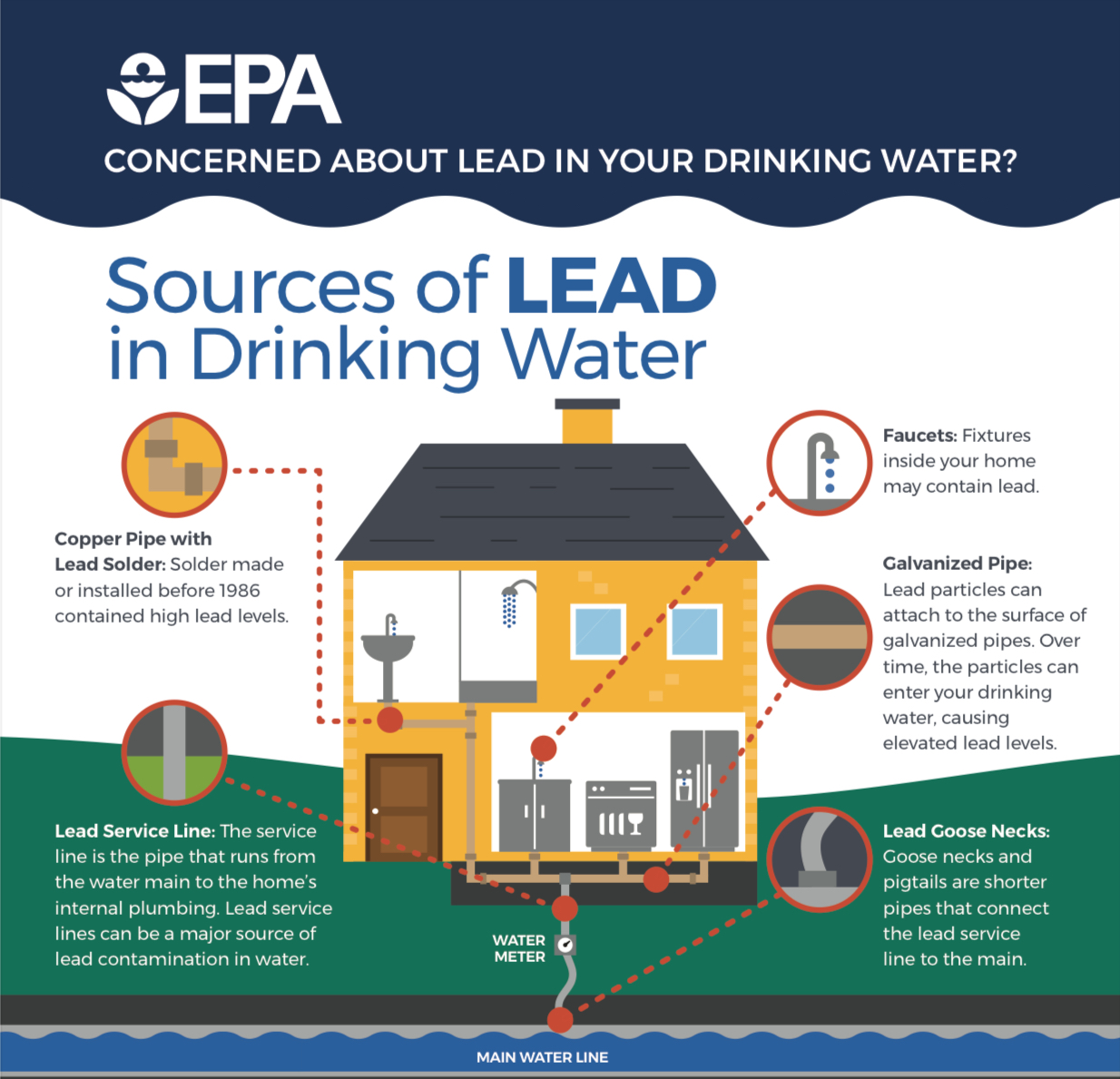
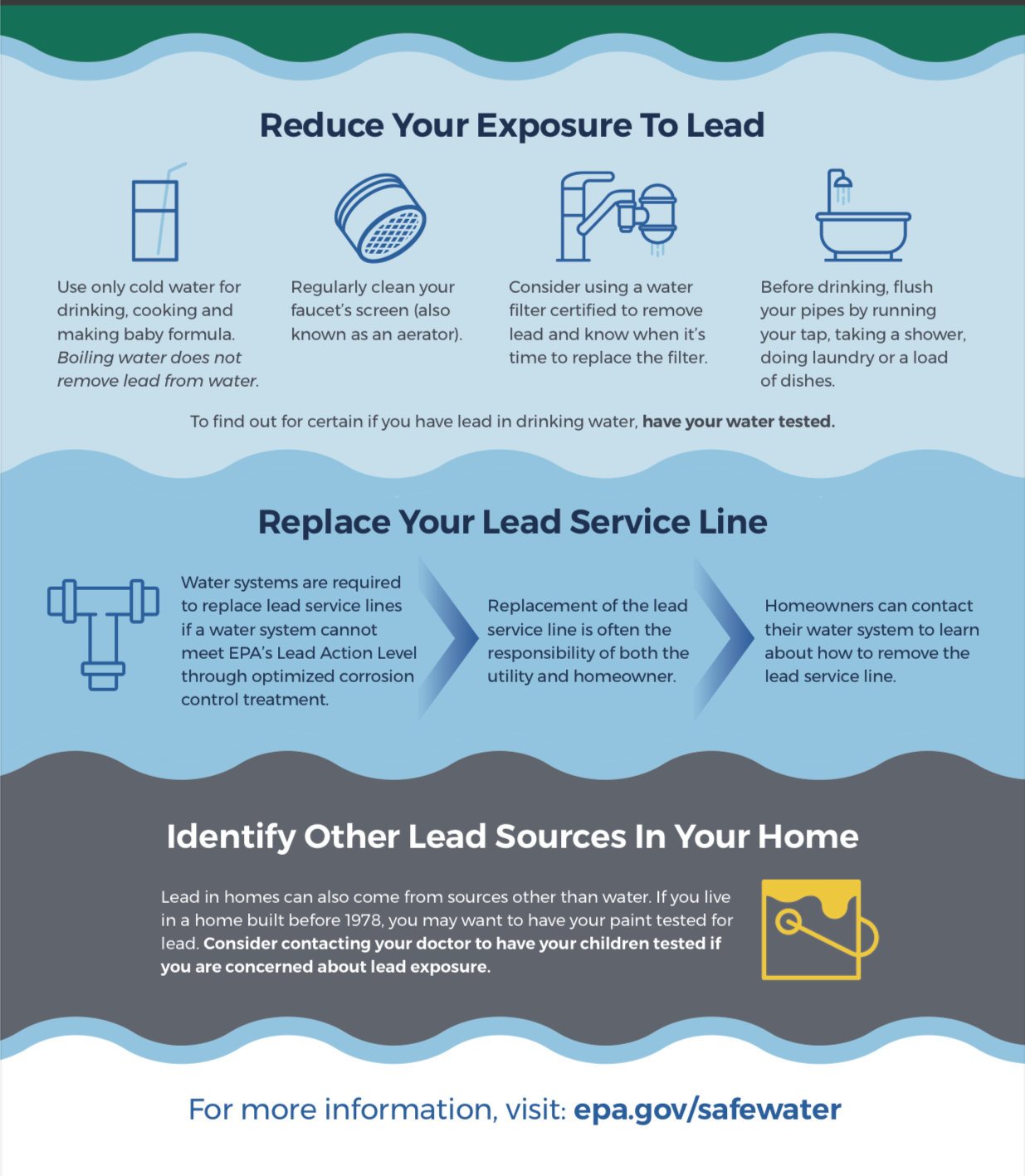
Hire EPA-certified contractors trained in lead-safe work practices for any renovation or remodeling projects (find a lead certified professional here)
Never sand, scrape, or dry-scrape painted surfaces without proper precautions, as it can release lead dust
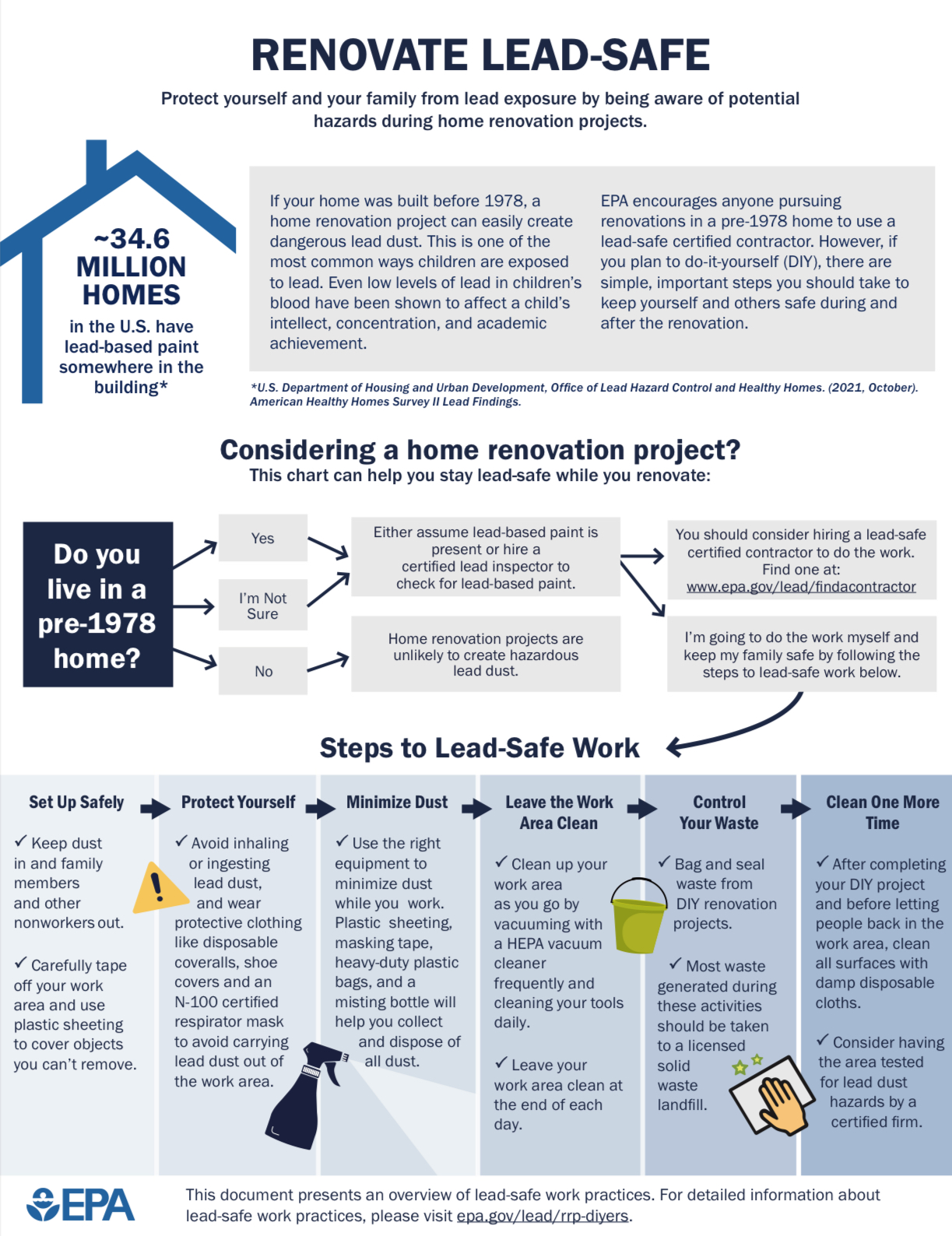
3. Maintain Your Home’s Condition
Lead based paint in good condition, isn’t generally considered harmful. If you have any lead-based painted surfaces in your home, it’s important that they’re either properly maintained or professionally removed
Plant grass or ground cover in bare soil areas near older homes
Use raised garden beds with clean soil if gardening near the foundation
Run cold water for 1–2 minutes before using it for cooking or drinking if your plumbing may contain lead
Consider installing a water filter certified to remove lead
- Wash children’s hands and toys frequently
- Make sure they don’t play in bare soil near older homes
- Talk to your child’s primary care doctor if your concerned about the presence of lead paint in your home. Not only can they keep an eye on your child’s lead levels, but they’re often a great resource of information
When to Seek Professional Help
If you suspect your home has lead hazards, it's important to contact a certified lead inspector or risk assessor. Professional abatement may be necessary in severe cases, and many states offer financial assistance programs for lead removal in older homes.
Preventing lead exposure is all about awareness, maintenance, and safe practices. By identifying possible risks and addressing them early, you can create a healthier and safer living environment for your family.
